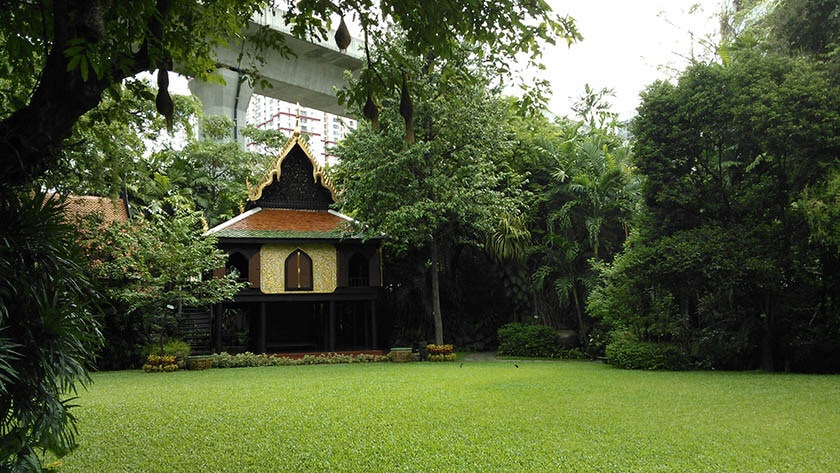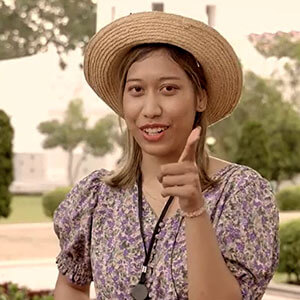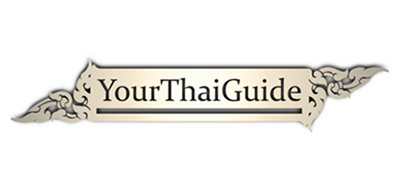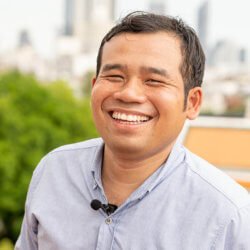Art and history lovers simply must include a visit to Suan Pakkad Museum in Bangkok. Suan Pakkad Palace is a beautiful recreation of a time gone by in Bangkok. The name means ‘cabbage patch’, a reference to when the land was nothing more than a vegetable garden. Today, it’s a beautiful tropical garden with serene ponds dotted around eight traditional Thai houses.
The houses are filled with fine arts, antiques and oddities belonging to the Prince and Princess Chumbhot. Their traditional private home was converted to a museum in 1952. Prince and Princess Chumbot were the first Thai Royals to do this, believing that their treasured possessions constitute a part of Thailand’s heritage and viewing them should be made accessible to everyone.

Having said that, it is somewhat strange that the centerpiece of the museum is the ancient Ban Chiang collection. This rare collection of artifacts dates back to 3,600 BC, placing Ban Chiang in with civilizations like ancient Egypt.
Suan Pakkad Palace Museum’s collection of traditional pavilions is one of the best examples of traditional domestic architecture in Bangkok. The most striking is the Lacquer Pavilion, over 450 years old and painstakingly rebuilt on this location as a gift from the Prince to his wife.

Unlike some other museums, Suan Pakkad is a bit quieter, allowing time for peaceful reflection. It’s a great retreat from the bustling and noisy metropolis of Bangkok. The gardens inside the grounds are a peaceful respite from the busy city beyond the walls. You can wander through the well-kept and lush gardens and just let the sound of birds and flowing water wash over you.
What’s at Suan Pakkad Palace Museum?
The first house contains ancient weaponry such as muskets, swords and spears. Art wise it features examples of 14th – 16th century pottery, paintings from the Ayutthaya period and stone Khmer sculptures.
Inside house two you’ll see mother of pearl trays and containers used in 19th century Bangkok alongside beautifully lacquered cabinets and traditional Thai hand fans.
The third house displays the famous Benjarong porcelain in its traditional five colors, black, white, red, green, and yellow. In Thai, Benjarong is the collective name for these five colors. Benjarong porcelain was popular with Thai royalty in early Bangkok (19th – 20th century).

House four contains a roomy formal dining and reception area. It also features an altar room containing an admirable collection of Buddha statues.
You’ll find the Ban Chiang collection in house five.
The sixth house contains the Khon Museum. On display are elaborately carved figurines and masks of the traditional Thai Khon dance.
House number seven holds a rare collection of ceramics from the Sukhotai era and the Suan, Yuan and Ming dynasties in China.
House number eight displays elegant silver, porcelain and crystal ware used by Prince Chumbhot.
Next is the Lacquer Pavilion, a separate house with exquisite lacquered murals and delicately carved wood panels. It was originally a 17th century house from Ayutthaya which was dismantled, rebuilt and moved to Suan Pakkad Palace to be carefully restored in 1959 as a birthday present from Prince Chumbhot to his wife.
The last stop is the Royal Barge Kao Kung Bayam, a family heirloom used in the royal barge processions during the reign of King Rama V and King Chulalongkorn.
Suan Pakkad is close to many other museums and attractions in Bangkok:
- The Grand Palace and Wat Phra Keaw
- Wat Suthat and The Giant Swing
- The Golden Buddha Temple
- Bangkok’s China Town
- Museum of Siam
Suan Pakkad Palace Museum is open daily from 9am until 4pm.
Admission Price: 100 Baht.








